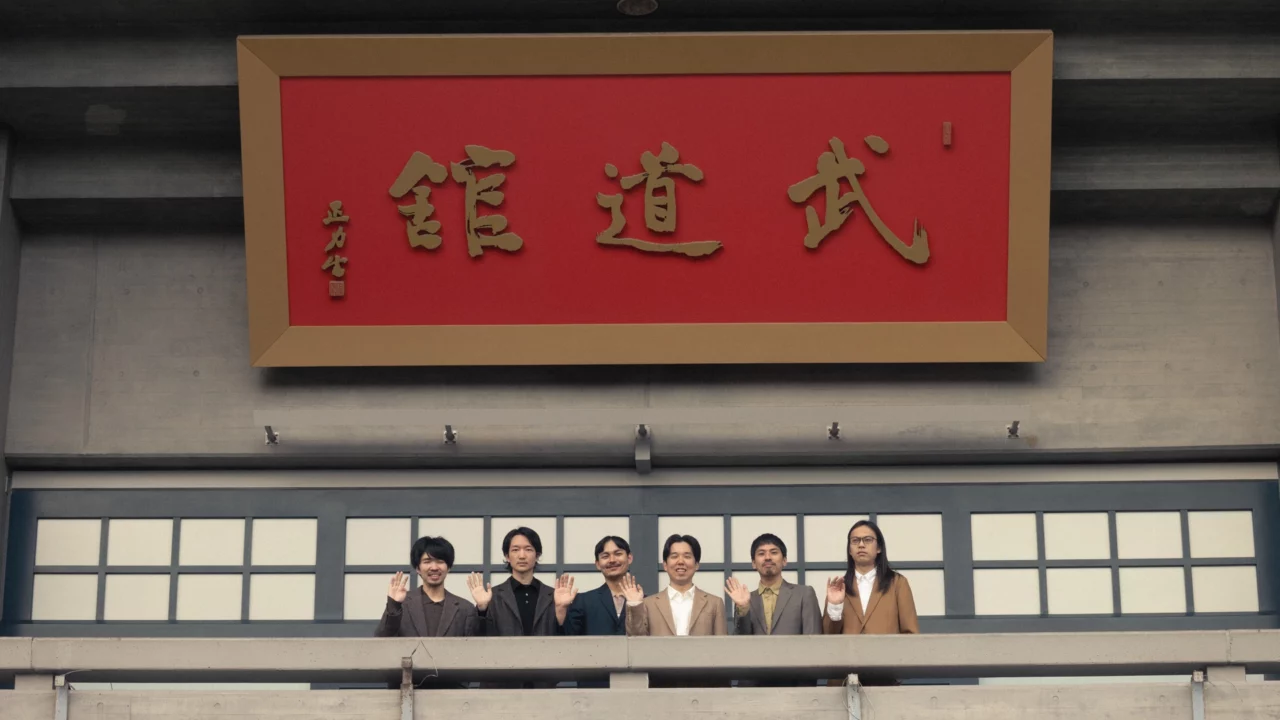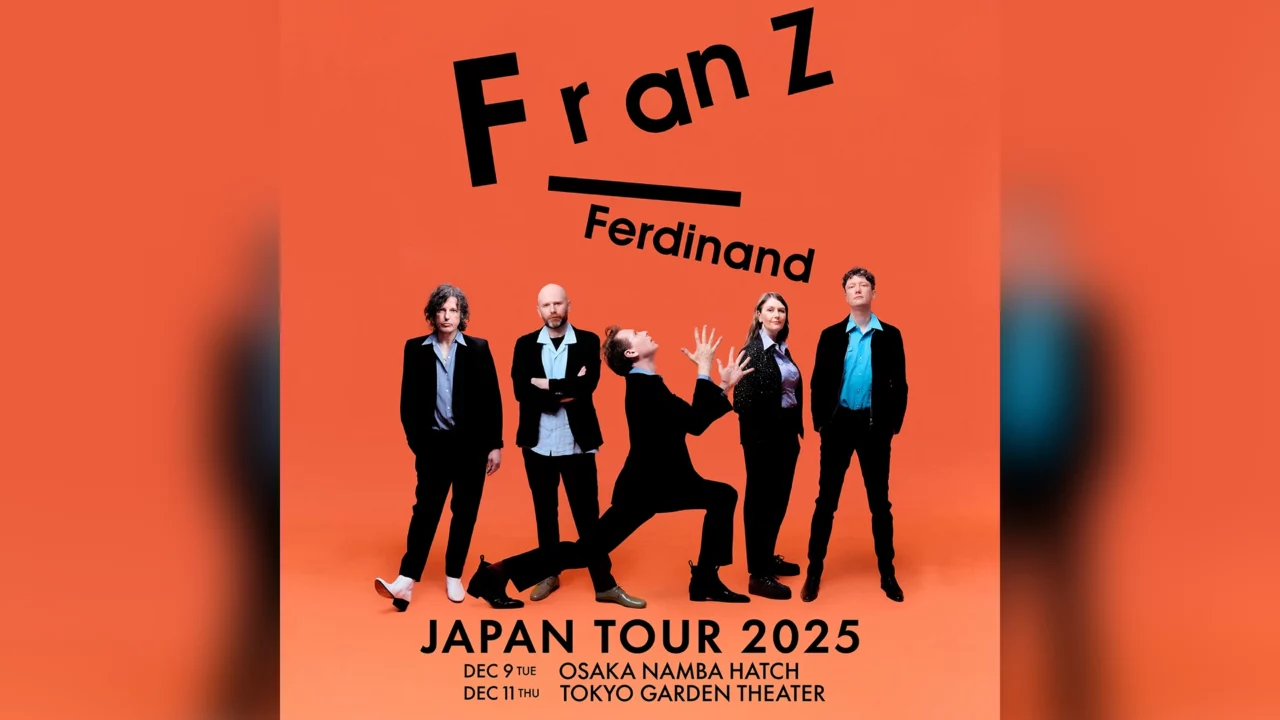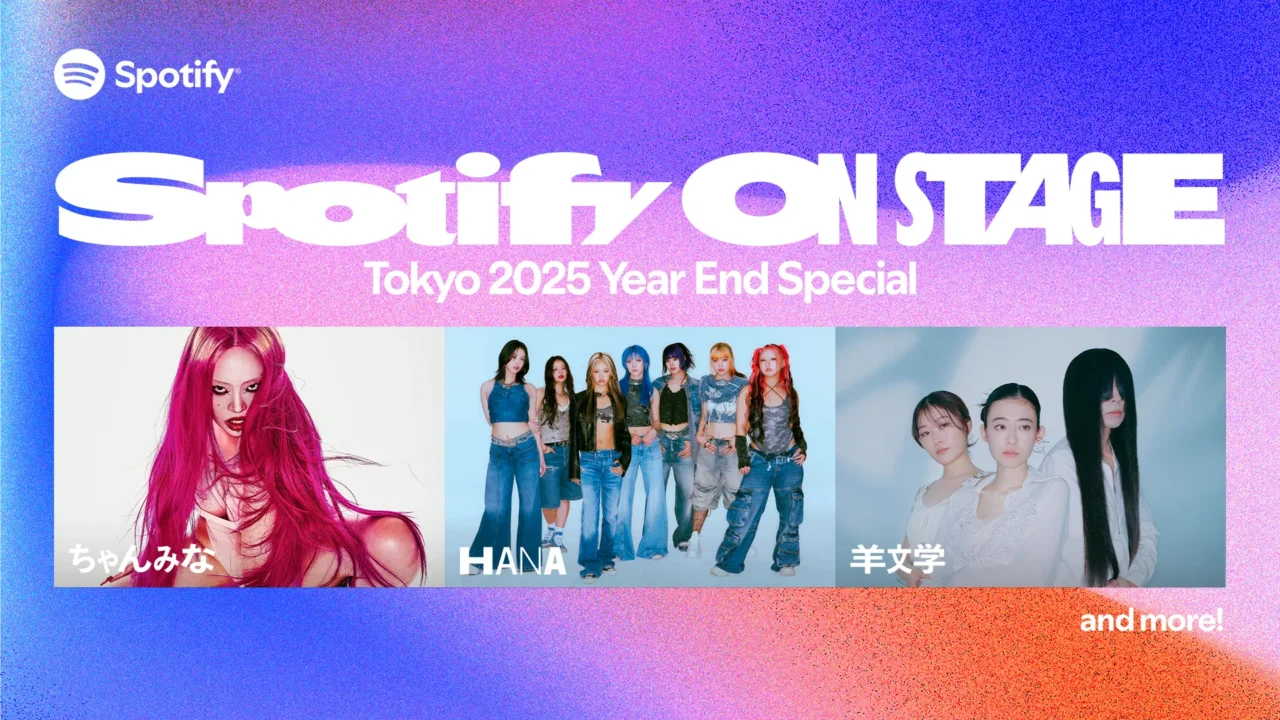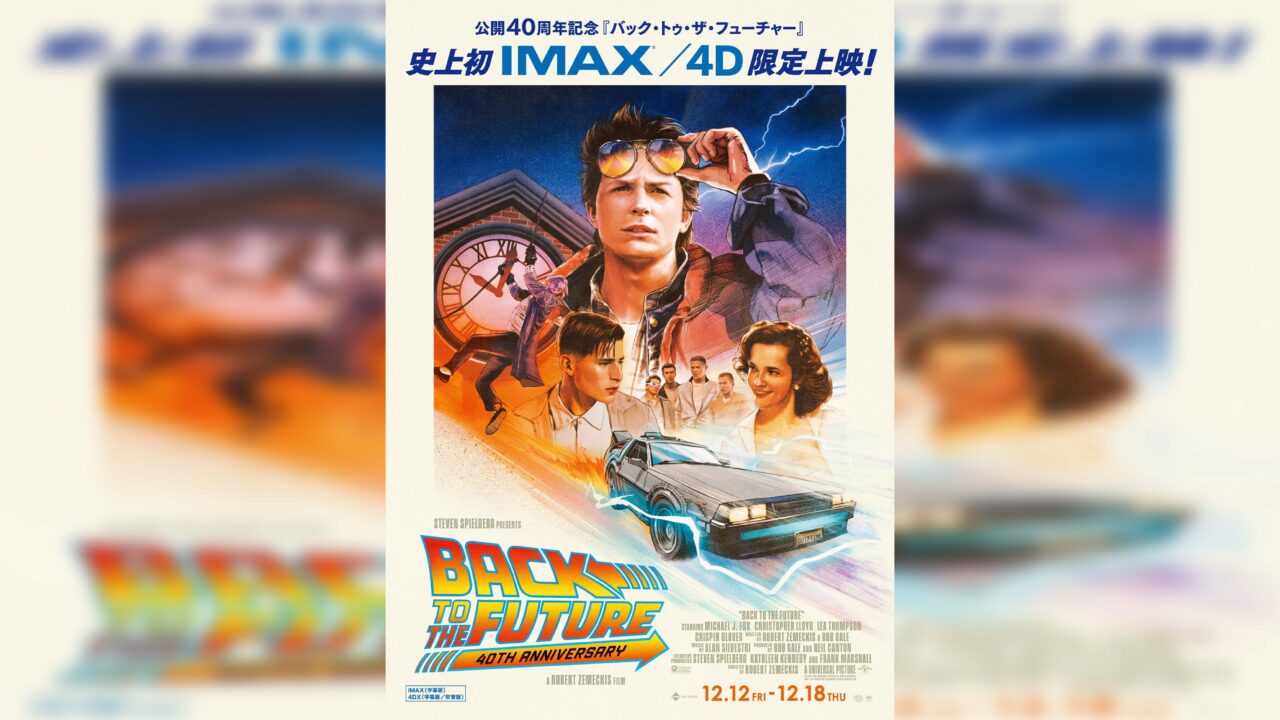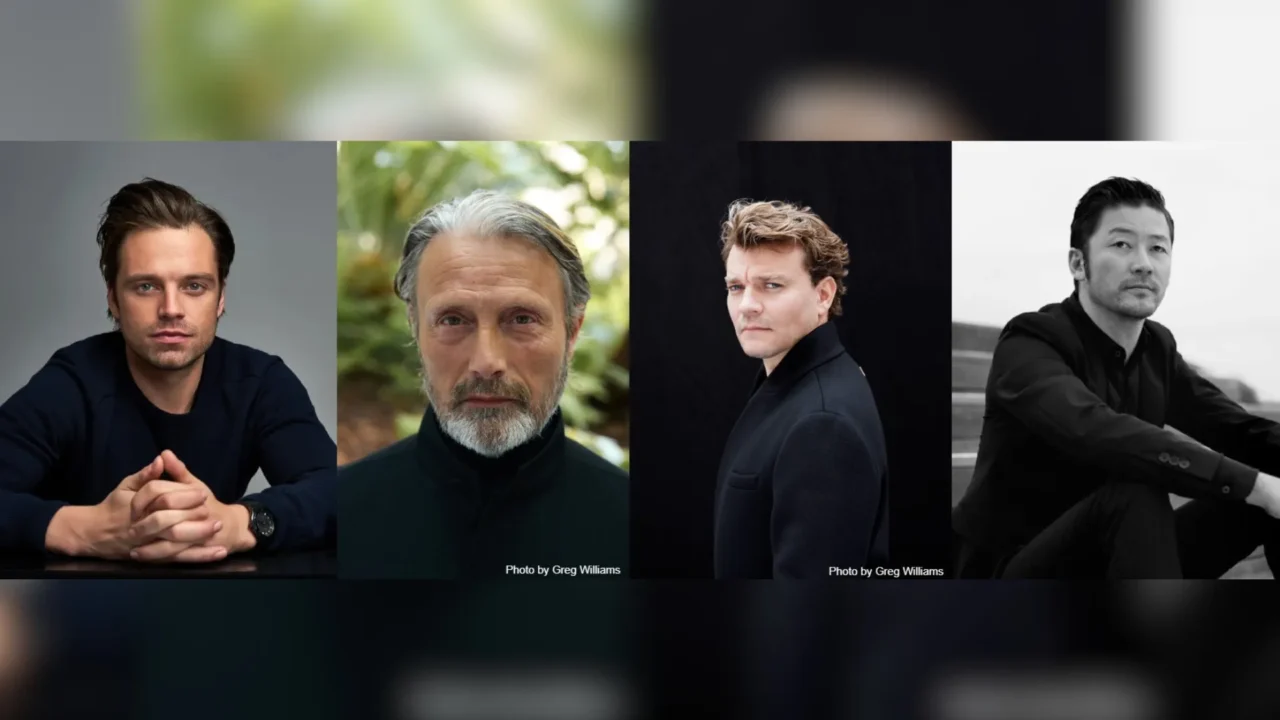Around seven months after the beloved band CHAI, celebrated globally and hailed by Western media, disbanded, twin frontwoman MANA and guitarist KANA have reemerged as the healing artist duo “MANAKANA.” Today, they’re taking their music to unexpected places—performing live in beauty salons, parks, and non-music events. MANA has also introduced her character “Omochiizu” and will hold her first exhibition in January 2025 in her hometown of Nagoya. Meanwhile, KANA, now a certified yoga instructor, is organizing the “Kenko Beam Fest,” all while continuing to share messages about the human spirit, our ways of living, and the world we inhabit.
As the duo of CHAI transitions into their new chapter, they’re reflecting on what drives them today. Dyson, a company dedicated to solving societal challenges through innovation, has created the “Dyson OnTrac Headphones” to help individuals tune out the noise of the world and focus on their true passions. Wearing these headphones, MANA and KANA open up about their current state of mind and the paths they’re pursuing.
INDEX
The Beginning of Their Journey as Healing Artists MANAKANA
About seven months after the disbandment of CHAI, what have you been thinking about during this time?
KANA: So many things I wanted to do came up, and the first challenge was organizing all of them. After CHAI, which had been the foundation, suddenly came to an end, so many new things came rushing in, and I was busy trying to gather them all. Now, I feel like it’s finally come together and I’m starting to settle down.
MANA: This period has been a time for me to properly reassess what I truly want to do. And now, I feel like it’s finally taking shape.

A new unit formed by MANA (Vocals/Keyboards) and KANA (Vocals/Guitar) from the now-disbanded New Excite Onna Band “CHAI,” which broke up in March 2024. They had their first performance in May. MANA has launched a character project called “Omochiizu,” while KANA is also active as a yoga instructor.
When you say things are starting to take shape, are you referring to your activities as MANAKANA?
KANA: Yes. As we’ve decided to pursue this path as healing artists, we’ve finally created some music. Together with MANA, we’re planning to build this into our next foundation.
How many songs have you completed so far?
KANA: We’ve made 12 songs, so we have an album ready.
Really?
KANA: To create 12 songs in such a short time—did it feel like they “poured out” of you?
-KANA:Did you feel like you were “overflowing” when you wrote 12 songs in such a short period of time?
KANA: Well, even though it’s 12 songs, some are only around two minutes long, so it doesn’t quite feel like 12 songs. But yeah, maybe they did just pour out. I came up with the theme of “the zodiac” and “animals,” and from there, my thoughts just came rushing out, and that became the music.

Why did the theme of “the zodiac” come up?
MANA: When we went on tour with CHAI to the U.S., I got a fortune cookie at a Chinese restaurant, and inside it, there was a horoscope. I thought, “So they have zodiac signs like Aries over here too,” and I also learned that people ask, “What’s your sign?” and talk about compatibility. But I hadn’t really heard much about the Chinese zodiac. Then, when I thought I wanted something more “earthly” than “stars,” the zodiac seemed like the perfect fit.
KANA: The flute I play has a sound similar to the shakuhachi, so I thought the cultural element of Japan really fits with the theme of the zodiac. I also really love animals. As I imagined the animals and their personalities, the melodies naturally came out on the flute, and then I added chords to them. That’s how the 12 songs came together.
In a previous interview, you mentioned that one of your goals is to perform in a way that feels like a bird landing on your shoulder.
KANA: Yes, I love animals.

INDEX
An Era in Need of Healing and Restoring the Body Through Sound
I recently had the chance to see your live performance, and I felt a strong sense of “healing.” It also felt like your music was gently slowing down the rapid pace of society. How does performing with MANAKANA now differ from when you were performing with CHAI?
MANA: When we were with CHAI, it was more about the feeling that “excitement is the right state,” but now, for me, the theme is “relaxation.” That’s something I really need right now. What hasn’t changed since the CHAI days is that I’m still creating music that speaks to what I personally need. I’m making music based on themes that I think are necessary for both myself and everyone else.
KANA: The frequency of music is something you can’t see, but it resonates with the body, organs, and the heart. The frequencies we created in CHAI were probably meant to excite or make people feel happy, but now, I want to create music that calms both the body and the heart, something that also resonates with the soul.
Do you feel that we’re living in an era where healing is necessary for everyone?
KANA: With the spread of COVID-19, I felt like we were in a time where invisible viruses couldn’t be treated with medicine. During that time, I practiced yoga and mugwort steaming. I wanted to take what I had absorbed and experienced and start putting it out there. As focusing on boosting immunity became more important, meditation and mindfulness became popular, but I felt that healing the body with “sound” hadn’t really entered Japan yet. So, I think what we’re doing might align with the times.
Sometimes, while offering a counterpoint to mainstream ideas, you two have always been a step ahead of the times, continuing to share the sounds and messages that people truly need. That stance has been with you since the formation of CHAI.
MANA: I’m so happy to hear that!
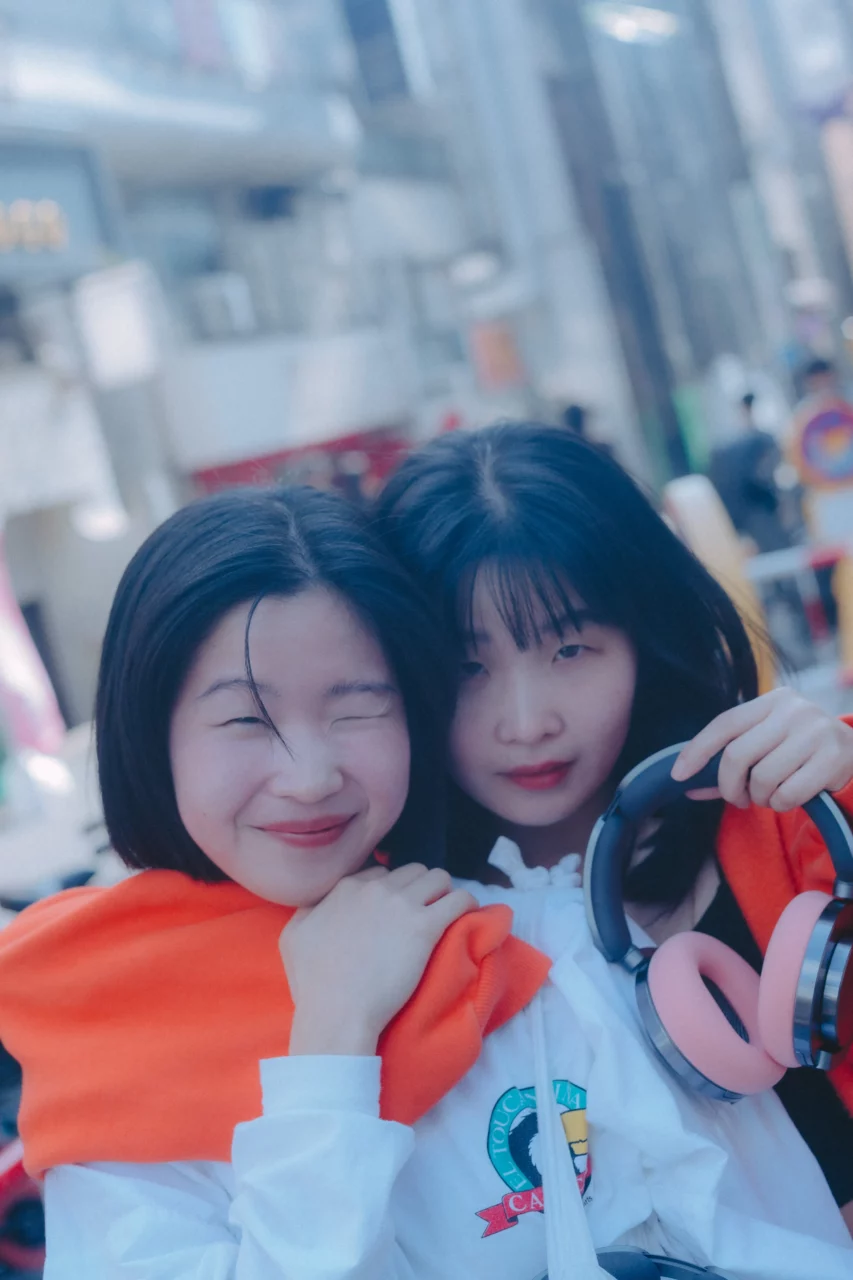
INDEX
Similarities Between Yoga Philosophy and CHAI
In October, you held the “Kenko Beam Fest” at Loft9 Shibuya. How do you envision delivering “health” and “music” to your audience?
KANA: This event was something we started with Satsuki, who helped with voice maintenance during CHAI, and Masae Kobayashi, who has published a book on mugwort steaming. We wanted to share the message that “health can start with simple things” and that “it can be fun and doesn’t have to be something you struggle with.” On that day, we held a talk event, performed our music, and had a breathing workshop with Satsuki, as well as a chance for people to experience warming activities. We started it like that, but we want to gradually turn it into a full festival.
It seems like there’s a way to deliver health through entertainment, something that only MANAKANA could create.
KANA: I’ve personally struggled with lifestyle diseases and allergies throughout my life. About three years ago, I became interested in Eastern medicine and natural therapies, and as I started trying different things, I came across yoga, mugwort steaming, and qigong. I found it so enjoyable. When people tell me to “get healthy,” it feels a bit intrusive to me (laughs). It can even feel like being scolded. So, I want to approach it in a way that’s easy for everyone to get into.
We held this as the “0th” edition, but eventually, I’d like to make it a festival that combines music, food, and care for the body and mind, a place everyone, young and old, can come to. Right now, there’s so much information out there that it’s hard to know what’s really going to make you healthy or what’s correct. So, we want to create a market-like space where people can find what works for them, something they might think, “Maybe this is what I need.”
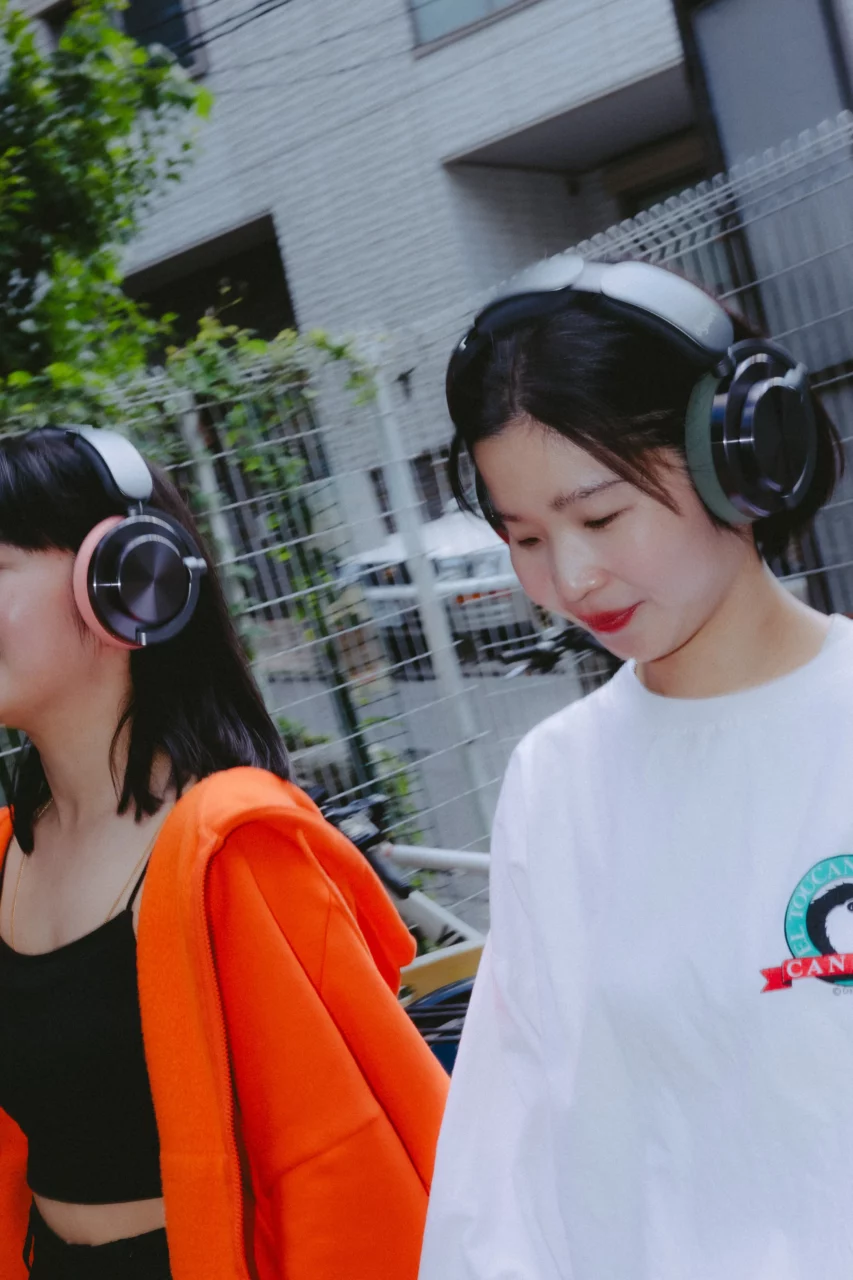
In your comment about hosting the “Kenko Beam Fest,” you mentioned, “I wonder if raising our health level even a little could be a way to give back to the Earth’s environment.” Could you share the thoughts and feelings behind that?
KANA: It’s hard to put into words, but everything is connected for me. I believe that the soul and body are separate. The body, when it dies, returns to the earth, and I want it to return in a pure state. Even when I play a flute made of wood, I feel a sense of “returning to nature.” I have this feeling that the universe and Earth are all connected as one energy. So, if I become healthy, the Earth becomes healthy, and life becomes easier for everyone. Since I became fond of yoga philosophy, I’ve started to feel that we’re moved by invisible forces. There are similarities between yoga philosophy and CHAI’s message. “If you don’t love yourself first, you can’t do anything” and “If you don’t take care of yourself, you can’t love others” resonate with me.
MANA: CHAI said that in a pop way.
KANA, you post your bedhead on Instagram Stories every morning. What’s the thought behind continuing to do this every day? I feel like it’s a counterpoint to the curated photos everyone posts on Instagram, and in a way, it’s a step ahead of the times.
KANA: I’m glad you think that [laughs]. It all started because my bedhead is so wild, and my husband suggested, “Why not post it every day?” Since it’s easy to fix with a comb or my hands, I take a quick photo right after I wake up [laughs].
MANA: So cute!
KANA: I started Instagram about a year and a half ago, but I’m not good at self-promotion, so I thought I needed something I could post every day to keep it updated [laughs].

I find myself healed by that every day. MANA, you’ve been working on your character “Omotchii” and took part in an exhibition in November. How do the moments spent drawing compare to your time immersed in music?
MANA: When I’m drawing, it feels similar to crafting melodies or lyrics in music. Creating sound flows naturally from my body, but with lyrics and melodies, I approach them more thoughtfully and with more focus. Drawing feels more like that careful process. It’s the same when I’m working on melodies—I’m always “in the middle” of it, learning and searching for the best elements while I create.
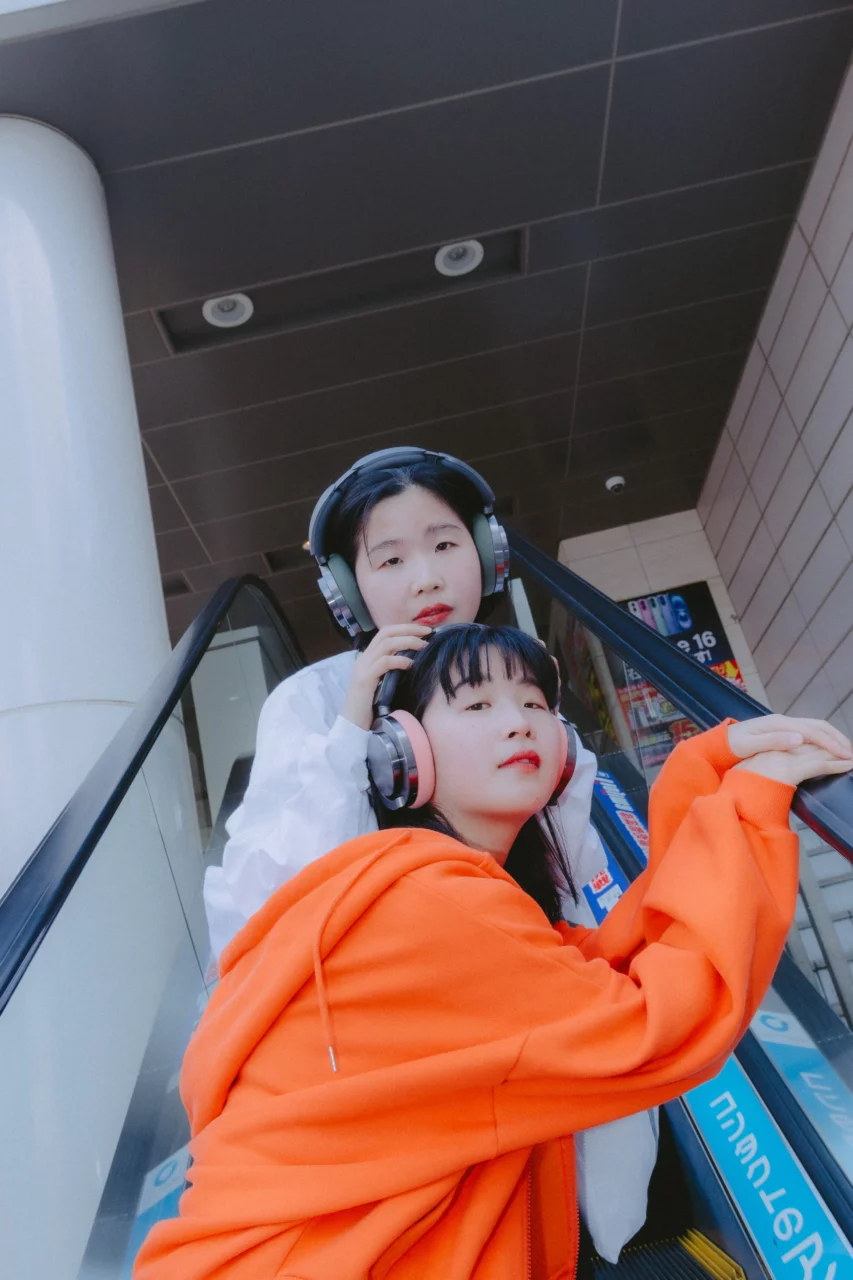
It sounds like the process of illustration also involves endless trial and error. How do you envision developing “Omotchii” in the future?
MANA: I hope “Omotchii” evolves at its own pace. Our main focus is healing music, and “Omotchii” exists as a branch that diverges from that. My hope is to bring that healing through it as well.















